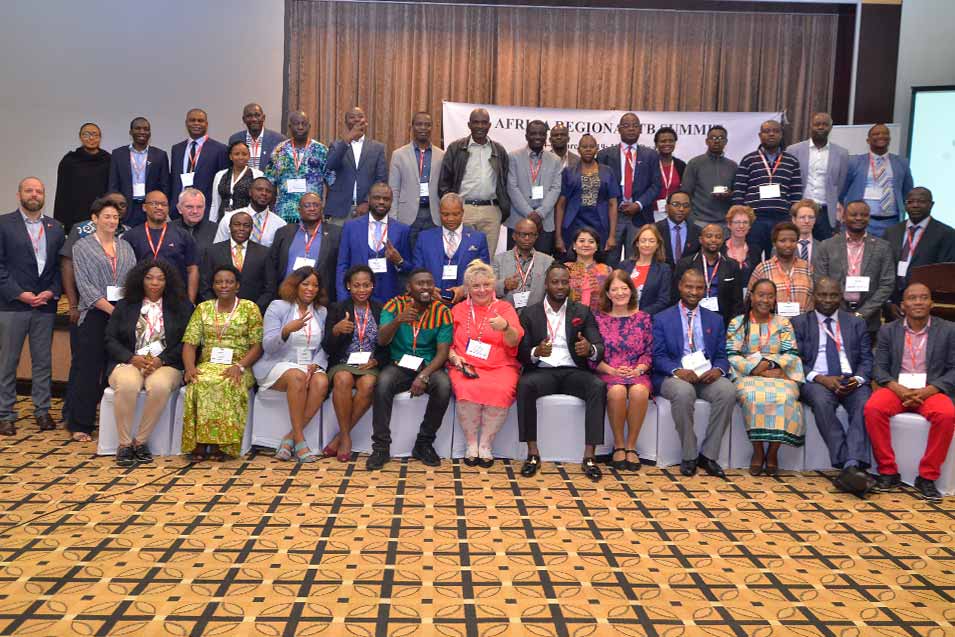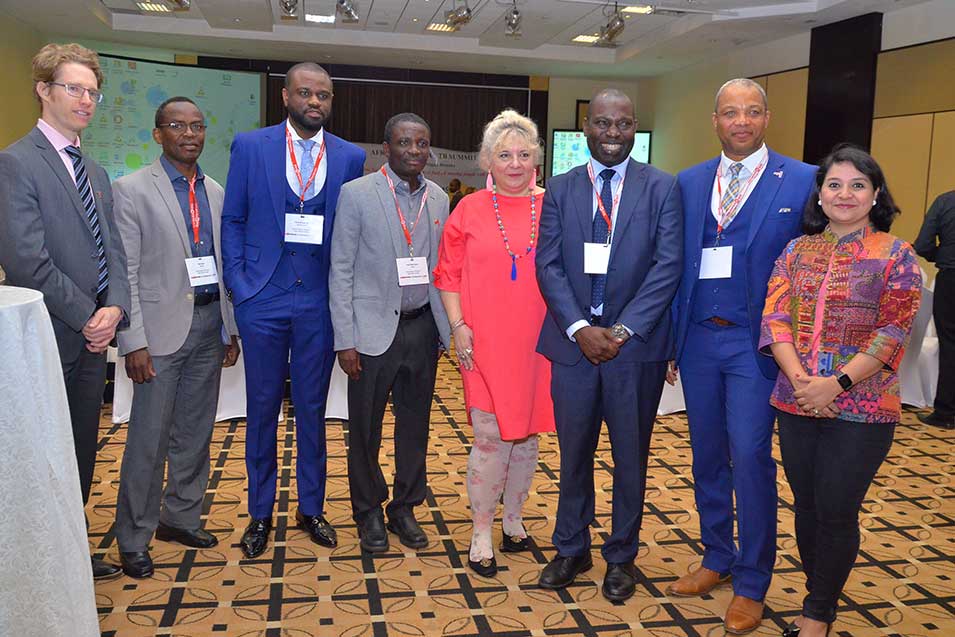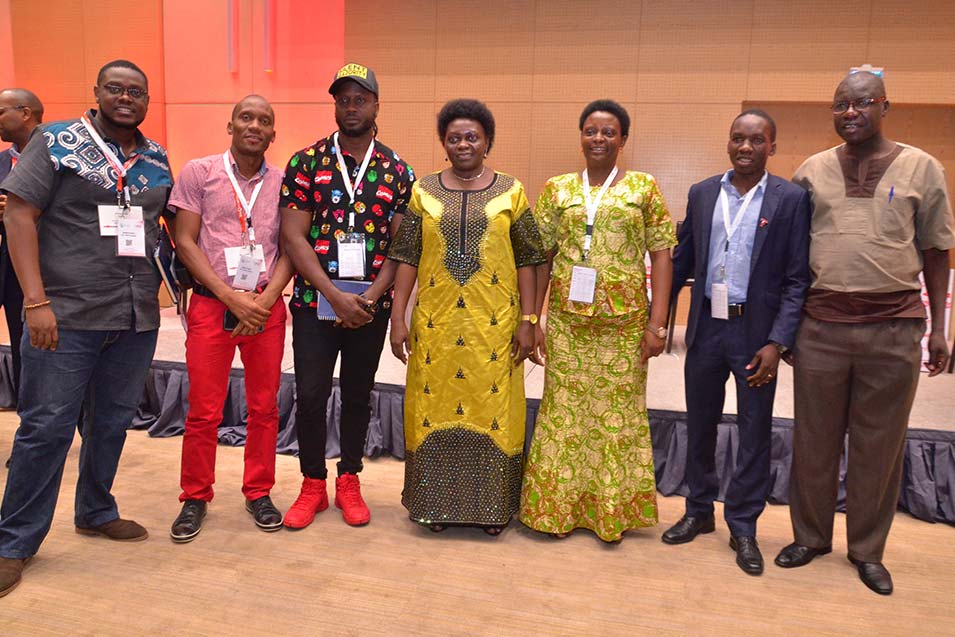03 May African Regional TB Summit: It’s time for Africa to step up efforts to find all missing people with TB
African countries have made significant progress towards addressing their high TB burden. However, finding the missing people with TB continues to be a challenge. In September 2018 during a United Nations High-Level Meeting (UNHLM), Heads of States committed to find and treat 40 million TB patients by 2020, including 3.5 million children and 1.5 million people with drug-resistant TB. Under the Stop TB Partnership Strategic Initiative, several countries with high TB burden are partnering with the Global Fund, Stop TB Partnership, and the World Health Organization (WHO) to implement an ambitious program to find and treat an additional 1.5 million missing people with TB by the end of 2019.
The African Regional TB Summit took place March 4-6 in Kigali, Rwanda with the theme “it’s time for Africa to step up efforts to find all missing people with TB”. The African region represents 39% of all missing people with TB and the 13 countries invited to this workshop contribute to 65% of the missing people from the region.
Efforts to find all people with TB in health facilities and through private sector and community engagement have been implemented in all 13 countries but more remains to be done to get these approaches to scale. Programmatic, political, gender, and human rights barriers must be eliminated to achieve ambitious TB targets set out in national strategic plans and the UNHLM declaration.
The objective of the summit was to review progress and challenges, to share best practices in finding missing people with TB and to support countries to achieve national and global targets. The participating countries were the Democratic Republic of Congo, Ethiopia, Ghana, Nigeria, Kenya, Malawi, Mozambique, Lesotho, Rwanda, Tanzania, South Africa, Uganda, Zambia, and Zimbabwe
Specific objectives
- Exchange information, experiences and lessons in different TB case finding approaches in the participating countries;
- Identify barriers to improving TB case finding, reinforce commitments to eliminate these barriers and achieve the national targets for finding all people with TB;
- Reinforce the urgency and shared responsibility between national TB programs, PRs, CSOs national stakeholders and partners to achieve the targets;
- Prepare messages for the high-level meeting with Ministers of Health on aligning the countries’ TB response to the UNHLM commitments;
Summary of the summit outcomes
All participating countries exchanged rich experiences on how they are working to find the missing people with TB and how they are tackling challenges to achieve the national targets.
In addition, the meeting emphasized the need to provide TB preventive treatment to millions of eligible individuals as per the UNHLM political declaration.
This was an opportunity to value the role of advocacy and the added value of engaging celebrities, communities and the civil society in the efforts to ensure high-level political commitment as well as social mobilization.
These were some of the important messages drawn from the meeting:
- Greater focus on TB service expansion amongst private providers by following the people in their health seeking efforts. Retail chemists were identified as key providers that require engagement.
- Moving from small to large scale implementation of health facility case finding is necessary to achieve results.
- Increasing the use of data for timely decision making with a shift from paper-based to electronic and real-time data. Greater a focus on testing and screening data.
- Grounding the response to TB in human rights principles by identifying community, rights and gender barriers to care and beginning to address them.
- Addressing barriers to rapid molecular diagnosis access by expanding the coverage of sputum transport networks. Accelerating the adoption and use of TB-LAM among PLHIV.
- Optimizing the coverage of TB preventive therapy among all eligible PLHIV and household contacts.
- Create opportunities for engaging nationwide well-known celebrities, networks of civil society, communities and people affected by TB to increase visibility of TB and the national TB programs among high-level decision makers and the general population.
Click here to see all presentations from the African Regional TB Summit.












